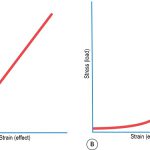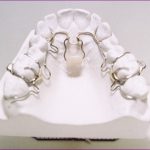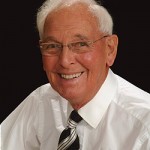What happens when you start to move a tooth has been the focus of scientific study since appliances first came into use more than a century ago. There are countless articles describing the physical displacement of a tooth, the effects of compression and decompression of the periodontal tissues, the biochemistry which accompanies the process, etc. It comes as a shock to discover that the widely … [Read more...]
Why the ALF appliance? Part 2
Science now recognizes that there are two types of system in nature. One is known as a closed system and describes what happens with inorganic materials. A closed system functions like a machine. It has entropy, meaning that over time there is increasing disorder, with loss of energy and eventual breakdown. This system acts in a linear way, meaning that a force applied at point A will cause a … [Read more...]
Why The ALF Appliance? Part 1
Over the years, dental practitioners have developed a variety of orthodontic appliance systems—both fixed and removable. What makes the Advanced Light-wire Functional (ALF) Appliance so special? Why has it become the center of so much attention? To answer these questions properly involves much more than just a description of the ALF’s technical features or its use in palatal expansion. The ALF … [Read more...]
Facing Forward Issue 4 – The Case of the Half-chewed Hockey Puck
Sometimes it is the unexpected event that leads to the most interesting answers. Patient KB was a healthy sport-minded 6 year-old. In Canada that means ice hockey above all else. He had an Angle Class 1 occlusion with potential mild crowding of the maxillary incisors Fig 2. Otherwise his only dental problem was severe grinding of his teeth at night, something he had done for several … [Read more...]



